
Today, as the prime contractor on NASA’s Orion program, the developer of the F-35 Lightning, and the driving force behind a host of other advanced engineering projects this tradition continues.
And on a recent visit to the UK, the firm’s Chief Technology Officer Dr Ray O Johnson met The Engineer to discuss some of the technologies and the trends that are shaping the future of the firm and the defence sector in general.
Directed Energy Weapons
Directed energy weapons – and in particular lasers – have been a priority area for military researchers in recent years.
As previously reported in The Engineer, US defence firm Raytheon began publicly demonstrating the weapons back in 2010, whilst in 2012, Europe’s MBDA demonstrated a 40kW laser that successfully hit airborne targets at a range of over 2,000m.
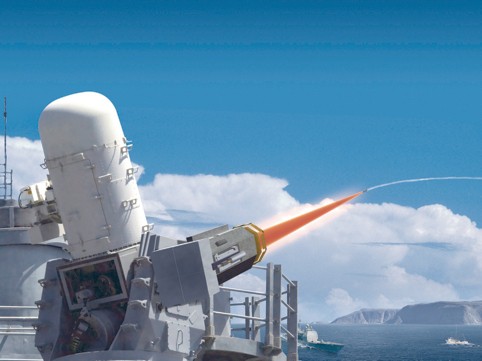
Meanwhile, later this summer a laser weapon will be deployed for the first time aboard a ship, when the US Navy developed LaWs system begins sea-trials in the Persian gulf aboard the curiously-named USS Ponce, an amphibious vessel that has been in service since 1971.
Lockheed Martin’s own work in this area is carried out through its Aculight subsidiary, a laser specialist acquired by the firm in 2008, and according to Johnson, the company is close to developing a system that could be mounted on an aircraft.

The firm has been developing technology based around fibre laser beam combining – a technique in which beams from multiple fibre laser modules are combined to form a single, powerful, high quality beam. ‘This technology offers advantages in some important areas,’ said Johnson, ‘the quality of the beam it produces is superior to many of the alternative sources and therefore the effectiveness at a particular power level is much higher.’
Laser weapons have a number of advantages over traditional systems, he explained: ‘The munition is unlimited, whether you run it for a minute or a second it doesn’t cost you any extra and it operates at the speed of light so your command and control timing loop is much more friendly to you: the time from when you say “fire” to it getting there is instantaneous more or less.’
We’re able to envision today prototypes that can fit on bomber plus aircraft or ships and as the technology matures and size weight and power continue to improve we can see it going on fighter aircraft.
A further advantage of Lockheed’s Martin’s system, added Johnson, is that unlike the COIL (Chemical Oxygen Iodine Laser) systems that have tended to dominate work on directed energy weapons, it doesn’t flow gas, which means that its space and power requirements are lower. ‘We’re able to envision today prototypes that can fit on bomber plus aircraft or ships and as the technology matures and size weight and power continue to improve we can see it going on fighter aircraft.’

Earlier this year, the firm demonstrated a 30-kilowatt fibre laser. The next step, said Johnson, is the development of an operational system: ‘we have tested our system over a continuous cycle of 30kw and in a year or 18 months we’ll be at 100kw.’
Unmanned Systems
From the Marlin autonomous underwater vehicle (AUV), to the SMSS autonomous ground support vehicle, and a range of unmanned aerial vehicles designed for everything from surveillance to out and out combat, Lockheed Martin has been a key player in the development of unmanned military systems.
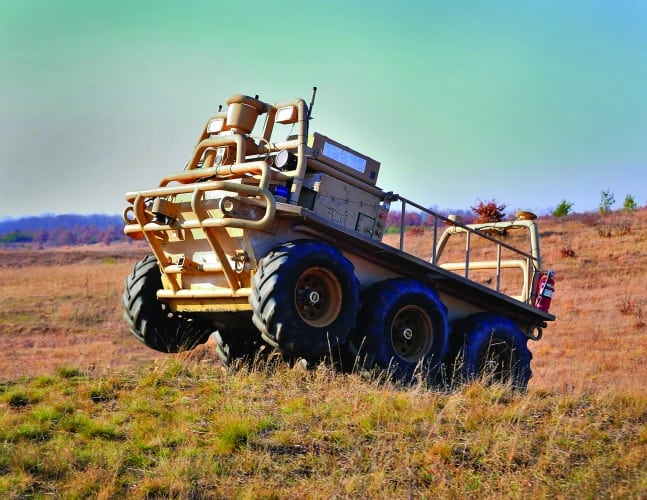
And it’s an area of technology that Johnson believes is going to continue to grow in importance. ‘Militaries around the world be operating manned and unmanned systems together for 40 – 50 years and as the capabilities continue to increase and improve the mission space that they can take on will get greater.’

‘We’re watching it all develop and we’ll see where society, where law and where practice ends up taking it. There are a lot of questions. There are safety questions aside from the ethical question- there are safety and security questions around operating unmanned air vehicles in civilian airspace for example. There are mission capability questions – you need to have the level of autonomy matching the mission that’s at hand – and as autonomy capabilities increase the kind of mission that the systems can take on will increase.’
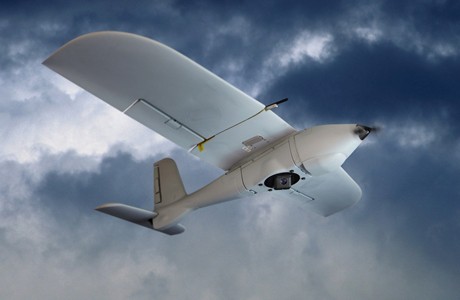
One particularly intriguing, and somewhat unsettling, area is the development of humanoid robots, something that Lockheed Martin has been working on through its involvement in the Darpa Robotics Challenge, in which teams from across industry are using the Boston Dynamics ATLAS robot to trial systems required for humanitarian projects.
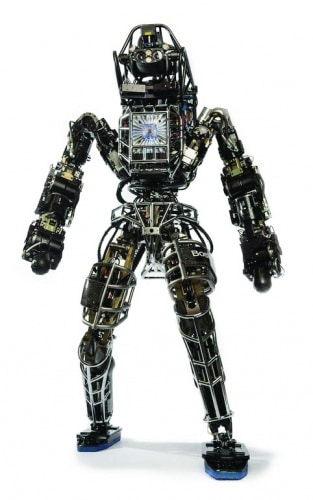
Unsurprisingly, ATLAS’ rather scary appearance (pictured) has prompted many to wonder whether the defence industry might be more interested in the robot’s fighting credentials than its humanitarian utility, but Johnson said that the technology would have some fundamental limitations on the battlefield.
‘Until we find a way of recharging the battery in some more natural way I think there are going to be limitations in how useful unmanned systems of any kind are. With small robots or humanoid robots the power requirements are so great that it becomes an issue.’
Quantum computing
Achieving advances and breakthroughs in areas as challenging as unmanned flight requires incredibly sophisticated approaches to problem solving and one area of technology that Johnson believes could become vitally useful to organisations like Lockheed Martin is the emerging field of Quantum Computing.
Quantum computers – which harness the power of atoms and molecules to perform memory and processing tasks – are thought to have some significant advantages over conventional computing techniques.
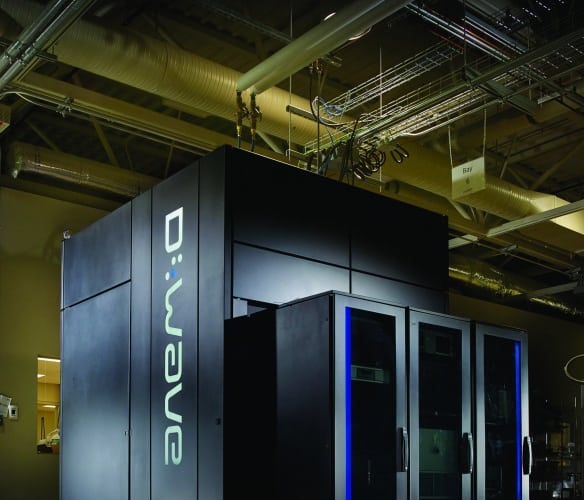
Unlike digital computers, which only take on binary states, quantum computers are able to analyse multiple states simultaneously. ‘They’re able to analyse a broader set of possible combinations to enable you to solve problems much quicker – it is about making the intractable, time intensive problems, tractable.’ said Johnson.
Quantum computing is still very much in its infancy, but Lockheed Martin has become one of the first customers for what is claimed to be the world’s first commercially available quantum computer: the $15million D-Wave machine – developed by a Canadian firm of the same name.
Will it necessarily be the be all and end all of quantum computing solutions? Of course not. Is it an important first step in moving from the science of quantum computing to the practice of building one? Absolutely.
The system, which is housed at the University of Southern California, is being to explore a variety of problems, explained Johnson. ‘We’re working with their researchers and our engineers to see if we could use the D-Wave to help us solve intractable optimisation problems – like the verification and validation of software. ‘You can extend that to almost any kind of optimisation problem and if you extend it a long way you can get to genomics, and proteomics and protein folding and drug discovery.’
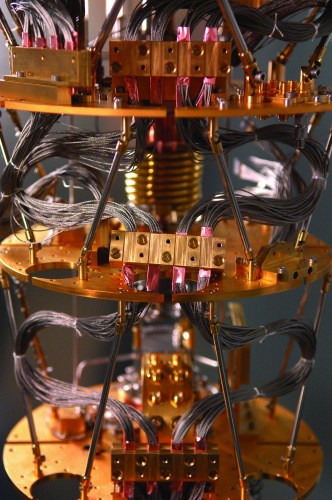
Despite this, there has been some debate over whether the D-Wave really is a quantum computer – indeed recent research published in the Science journal found no definitive evidence that the machine was achieving quantum speed-up. So what does Johnson think? ‘The jury’s out,’ he said. ‘Some say yes, some say no. I view it as a very important engineering product for us to learn from. Will it necessarily be the be all and end all of quantum computing solutions? Of course not. Is it an important first step in moving from the science of quantum computing to the practice of building one? Absolutely.’
Manufacturing Technology
Meanwhile, away from the mind-boggling world of quantum entanglement and adiabatic computation other more tangible disruptive technologies are also helping to shape the future of the industry.
The factory floor of the future is not going to look lie the factory floor of today
Unsurprisingly, Lockheed is particularly excited about the opportunities created by the on-going development of additive manufacturing, or 3D printing as it tends to be known.
‘The factory floor of the future is not going to look lie the factory floor of today,’ said Johnson, ‘The bench stock on a ship is not going to look like the bench stock on a ship today: you can envision a future world where the ship has a set of additive manufacturing capabilities and some blueprints for parts and components that is able to produce in situ.’
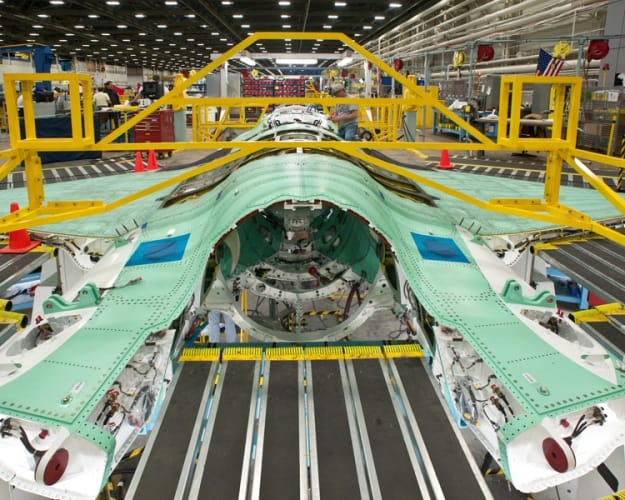
Despite its huge potential, one of the oft-cited factors limiting the uptake of 3D printing is the fact that conservative design methodologies and existing design software make it difficult to fully exploit the potential of the technology.
But interestingly, Johnson believes this is changing, and that a new generation of engineers, unfettered by traditional approaches to manufacturing, are now poised to take 3D printing to the next level. ‘One of the things that I am excited about is as new engineers, as people in school learn engineering in the new way they don’t have the boundary conditions of the manufacturability of their design.
The world’s not getting any safer, but the resources associated with solving those problems are under pressure
Johnson views 3D printing – and the way in which it will enable engineers to optimise the design of systems - as one of a number of areas that will enable engineers to achieve more with less: ‘It all plays very well to a challenge that our industry and other industries are facing: that is the world’s not getting any safer, but that the resources associated with solving those problems are under pressure.’





Swiss geoengineering start-up targets methane removal
No mention whatsoever about the effect of increased methane levels/iron chloride in the ocean on the pH and chemical properties of the ocean - are we...